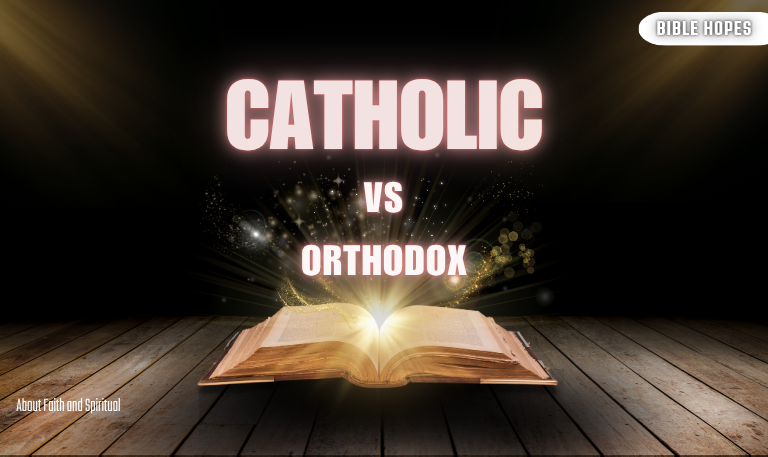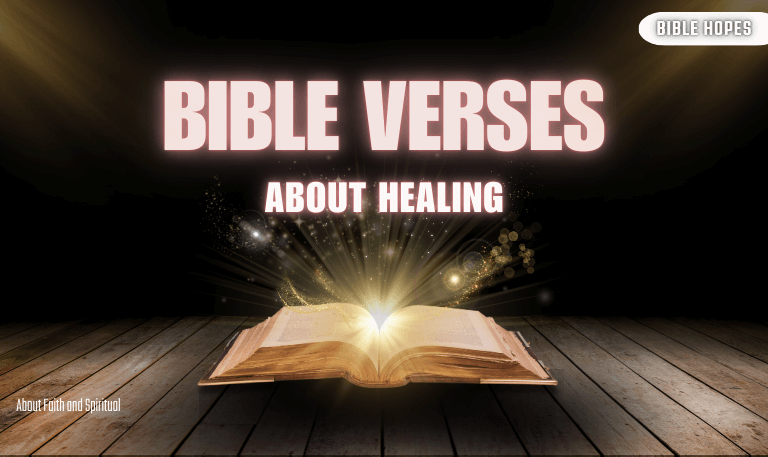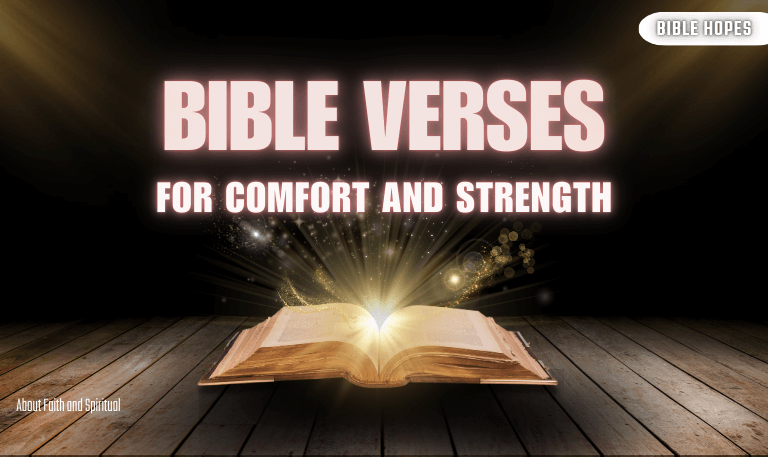Christianity is one of the world’s major religions, yet within it exist various branches that have evolved over centuries. Two of the most significant and historically rich branches are the Catholic Church and the Orthodox Church. Many people hear the terms “Catholic” and “Orthodox” and wonder, what is the difference? This comprehensive guide will explore the key distinctions, similarities, theological nuances, and historical contexts of Catholicism vs Orthodoxy, providing you with a clear understanding of these two venerable traditions.
1. Why Compare Catholic Vs Orthodox?
When discussing Christianity, it’s common to lump all believers together, but Catholicism and Orthodoxy represent two rich traditions with unique identities. Both share foundational Christian beliefs yet differ in theology, governance, and worship. This comparison not only educates but fosters mutual respect and deeper appreciation. Whether you are a seeker, student, or simply curious, understanding these differences illuminates centuries of Christian history and spirituality.
2. Historical Roots: The Great Schism and Beyond
Origins of the Catholic and Orthodox Churches
Catholic Church: Traces its origins to the early Christian communities founded by the apostles, centered in Rome.
Orthodox Church: Also rooted in apostolic tradition but developed primarily in the Eastern Roman (Byzantine) Empire, centered in Constantinople.
The Great Schism of 1054
The Great Schism formalized the division between East and West Christianity. Key causes included:
Disputes over papal authority (Pope’s supremacy vs. conciliar authority)
Theological disagreements such as the Filioque clause
Cultural and political differences
The schism resulted in two distinct churches:
The Roman Catholic Church (Western Christianity)
The Eastern Orthodox Church (Eastern Christianity)
Read Also: Is Voodoo Real
3. Core Theological Beliefs: Unity and Divergence
Despite differences, both churches affirm the Nicene Creed and central Christian doctrines such as:
The Trinity: Father, Son, and Holy Spirit
The divinity and humanity of Jesus Christ
The Resurrection and promise of eternal life
Key Theological Differences:
| Aspect | Catholicism | Orthodoxy |
|---|---|---|
| Original Sin | Humanity inherits guilt and corruption | Inherited consequence, but not guilt |
| Immaculate Conception | Mary conceived without original sin | Does not teach Immaculate Conception |
| Purgatory | Affirmed as purification after death | Generally rejects Purgatory, emphasizes Theosis |
| Papal Infallibility | Pope infallible when speaking ex cathedra | Rejects papal infallibility, favors councils |
4. Church Structure and Leadership
Catholicism:
Centralized under the Pope, Bishop of Rome
Hierarchical structure: Pope → Cardinals → Bishops → Priests
Papal authority considered supreme and universal
Orthodoxy:
Decentralized, autocephalous churches led by Patriarchs or Metropolitans
Authority is conciliar, shared among bishops
The Ecumenical Patriarch of Constantinople holds “first among equals” status but no direct jurisdiction over other churches
5. Worship Practices and Liturgy
Catholic Mass
The liturgy can be in Latin (Tridentine Mass) or vernacular languages (post-Vatican II)
Focus on the Eucharist as the source and summit of Christian life
Use of statues and elaborate church architecture
Orthodox Divine Liturgy
Primarily conducted in ancient languages (Greek, Church Slavonic) but often vernacular
Rich use of icons, incense, chant, and ritual
Eucharist is the mystical center of worship, with an emphasis on mystery
6. Sacraments and Rituals
Both traditions celebrate Seven Sacraments, but with nuances:
| Sacrament | Catholicism | Orthodoxy |
|---|---|---|
| Baptism | Infant baptism by sprinkling or pouring | Infant baptism by full immersion |
| Eucharist | Transubstantiation doctrine | Mystery of real presence, less philosophical explanation |
| Confession | Private confession to a priest | Confession often public or private, with spiritual direction |
| Marriage | Indissoluble but with annulments possible | Generally indissoluble, remarriage allowed in some cases |
| Holy Orders | Ordination of deacons, priests, bishops | Similar, but married priests are allowed |
7. Views on Mary and the Saints
Catholicism
Dogmas: Immaculate Conception and Assumption of Mary
Mary is seen as Queen of Heaven and Mediatrix
Saints are venerated and canonized through a formal process
Orthodoxy
Honors Mary as Theotokos (“God-bearer”) and celebrates her Dormition (falling asleep)
Saints venerated widely, canonization is more localized and often communal
Emphasis on intercession through saints and icons
8. Scripture and Tradition
| Aspect | Catholicism | Orthodoxy |
|---|---|---|
| Biblical Canon | 73 books including Deuterocanonical books | Similar canon, but slight variations |
| Role of Tradition | Sacred Tradition complements Scripture | Tradition holds equal weight as Scripture |
| Interpretation | Magisterium (teaching authority) interprets | Church Fathers and councils guide interpretation |
9. The Filioque Controversy: A Theological Divide
One of the most famous disputes involves the phrase Filioque (“and the Son”) added to the Nicene Creed by the Western Church.
Catholic Church: Holy Spirit proceeds from the Father and the Son
Orthodox Church: Holy Spirit proceeds from the Father alone
This subtle theological difference symbolizes deeper ecclesiological and doctrinal rifts.
10. Salvation, Afterlife, and Theosis
Catholicism
Salvation is a process involving faith, works, and grace
Belief in Purgatory as purification before Heaven
Emphasizes justice and mercy of God
Orthodoxy
Focus on Theosis – becoming one with God through transformation
Rejects Purgatory, emphasizes mystical union and continual growth
The afterlife is understood as dynamic communion with God
11. Moral Teachings and Social Issues
Both churches share conservative stances on:
Abortion
Marriage (between a man and a woman)
Sexual ethics
Differences may exist in pastoral approaches and engagement with modern societal issues.
12. Geographic and Demographic Overview
| Region | Predominantly Catholic | Predominantly Orthodox |
|---|---|---|
| Europe | Western and Southern Europe | Eastern Europe, Russia, Greece |
| Americas | North, Central, and South America | Some immigrant communities |
| Africa and Asia | Growing presence | Limited, mostly immigrant communities |
13. Ecumenical Relations and Modern Dialogues
Since the mid-20th century, Catholics and Orthodox have engaged in ecumenical dialogue, seeking reconciliation and unity. Although full communion remains elusive, mutual respect and cooperation have increased.
Read Also: Praise Vs Worship
14. Common Misconceptions
Misconception: Orthodoxy is “Greek religion” — it is a global faith.
Misconception: Catholics worship the Pope — Catholics honor, not worship, the Pope.
Misconception: Orthodoxy rejects the Bible — Orthodoxy deeply reveres Scripture.
15. How to Choose Between Catholicism and Orthodoxy?
Choosing between these traditions depends on:
Personal theological resonance
Cultural background and community
Liturgical preferences
Desire for centralized authority vs. conciliar governance
Catholic Vs Orthodox FAQs
Q: What is the main difference between Catholic and Orthodox Christianity?
A: The primary difference lies in church governance and certain theological doctrines, notably papal authority and the Filioque clause.
Q: Do Catholics and Orthodox recognize each other’s sacraments?
A: Recognition is partial; sacraments like baptism are generally accepted, but Eucharistic sharing is limited.
Q: Can Catholics attend Orthodox services and vice versa?
A: Yes, attending services is common and encouraged for understanding, but intercommunion has restrictions.
Q: Is the Pope the leader of the Orthodox Church?
A: No, the Orthodox Church is decentralized with multiple autocephalous leaders.
Q: What is the Filioque controversy?
A: It refers to disagreement over whether the Holy Spirit proceeds from the Father alone (Orthodox) or from the Father and the Son (Catholic).
Q: Why do Orthodox Christians use icons and Catholics statues?
A: Both use religious art, but Orthodox emphasize two-dimensional icons with theological symbolism, while Catholics often use statues.
Q: Do both churches believe in the same Bible?
A: Both use the Bible but differ slightly in the Old Testament canon.
Q: How do their views on Mary differ?
A: Catholics teach the Immaculate Conception and Assumption as dogmas; Orthodoxy venerates Mary as Theotokos but does not define these dogmas.
Q: Can Orthodox Christians become Catholic and vice versa?
A: Yes, conversion is possible but involves theological and ecclesiastical processes.
Q: What languages are used in Catholic and Orthodox worship?
A: Catholics historically used Latin but now mostly vernacular; Orthodoxy uses Greek, Church Slavonic, and vernacular languages.
Conclusion
The Catholic and Orthodox Churches share a common Christian heritage but express faith in uniquely beautiful and profound ways. Appreciating their differences enriches our understanding of Christianity’s vast spiritual tapestry. Whether you are a scholar, believer, or curious learner, engaging with both traditions offers a path toward greater faith insight and ecumenical respect.

![15 Bible Verses About Wicked Government [2025 Explained] 3 15-Bible-Verses-About-Wicked-Government-[2025-Explained]](https://biblehopes.com/wp-content/uploads/2025/05/15-Bible-Verses-About-Wicked-Government-2025-Explained.png)

